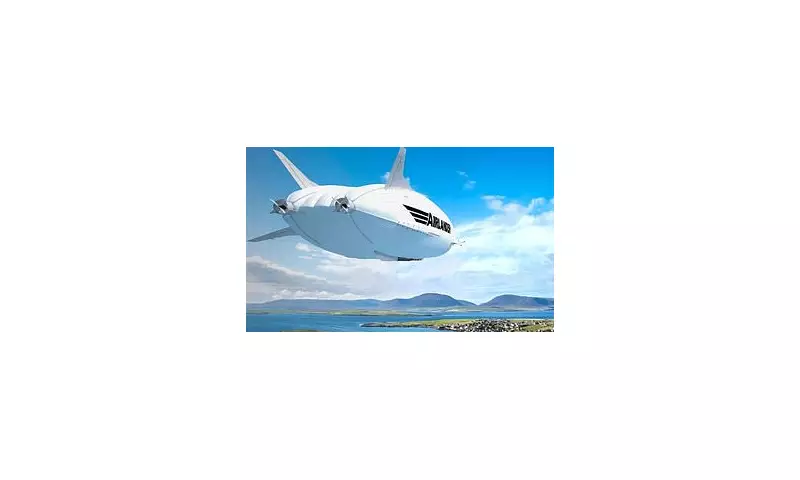
British holidaymakers could be travelling to Spanish destinations aboard a revolutionary hydrogen-electric aircraft by the end of this decade, following a landmark partnership between two innovative aviation companies.
Partnership For Green Aviation
ZeroAvia and Hybrid Air Vehicles (HAV) have signed a Memorandum of Understanding to collaborate on developing a hydrogen-electric version of the distinctive Airlander 10 aircraft. If development proceeds as planned, this eco-friendly airship could begin commercial operations as soon as 2029, transporting over 100 passengers to Spain and the Balearic Islands.
The original Airlander 10, which first took flight in 2010, became popularly known as the 'giant bum' due to its distinctive rounded shape when viewed from behind. However, marketing chief Hannah Cunningham has indicated that the redesigned version will feature a less bum-like appearance than its predecessor.
Revolutionary Aircraft Specifications
This state-of-the-art hybrid aircraft utilises three methods to achieve flight: aerostatic lift, aerodynamic lift and vectoured thrust. With an impressive maximum range of 4,000 nautical miles and a substantial payload capacity, the 92-metre aircraft represents a significant advancement in sustainable aviation technology.
Each unit carries a construction cost of approximately £60 million, positioning it as a premium but environmentally conscious transportation solution. The collaboration will leverage ZeroAvia's proven hydrogen-electric propulsion system, which promises completely zero-emission in-flight operations alongside reduced maintenance expenses compared to conventional aircraft.
Progressive Environmental Benefits
During the transition period, the initial Airlander 10 models will utilise four diesel engines that still achieve an emissions reduction of up to 90% compared to similar aircraft. This represents just one to two percent of the emissions produced by traditional kerosene-powered planes, marking a substantial environmental improvement even before the full hydrogen-electric system implementation.
ZeroAvia's first-generation 600kW hydrogen-electric powertrain, designated ZA600, has already achieved significant regulatory milestones and secured hundreds of pre-orders. The company has been actively working with launch airlines to integrate this technology into conventional fixed-wing aircraft and has successfully flight-tested a prototype on a 19-seat aircraft.
Beyond the immediate Airlander 10 project, the partnership will explore applying hydrogen-electric technology to HAV's larger aircraft models and assess the necessary hydrogen infrastructure requirements for Airlander 10 operations.
ZeroAvia founder and CEO Val Miftakhov expressed enthusiasm about the collaboration, stating: 'Airlander is another exciting airframe for line-fit of our powertrains, as it can open up a whole new market in air travel due to its range, efficiency and ability to operate from almost anywhere.'
He further emphasised the UK employment benefits, noting that 'Hybrid Air Vehicles is an aerospace innovator with exciting manufacturing and growth plans for the UK that can deliver hundreds of well-paid jobs in different regions.'
Industry insiders suggest strong interest from Spanish airline Air Nostrum, with projections indicating that Airlanders could be gracing Spanish skies within years, potentially before the 2029 target date.





